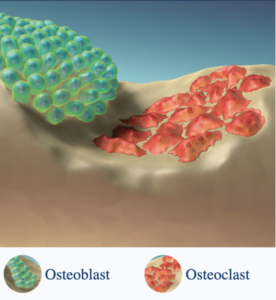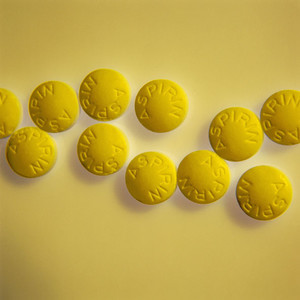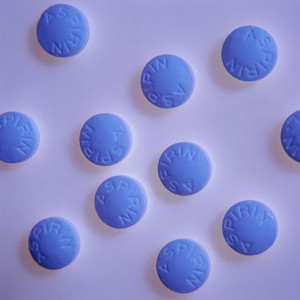In the IN VIVO Blog of 14 January 2010, FDC-Windhover’s Biopharma Group Editor-in-Chief Michael McCaughan wrote that – apart from developing a long-term biosimilars strategy (as of 2015) – no one is in quite the same position in complex generics as Teva.
He explains that on the one hand, Teva is one of three companies (along with Momenta and Amphastar) with pending applications to market a generic version of Sanofi Aventis’ enoxaparin (Lovenox). “In that case, Teva wants the FDA to agree that, while enoxaparin is a relatively complex molecule, it is not too complex to allow for a fully substitutable generic approval”, he writes.
On the other hand, Teva’s largest and most important product is the branded multiple sclerosis (MS) therapy glatimir (Copaxone). “There are two would-be generics pending, Momenta’s and Mylan's, but in that case, Teva is arguing that Copaxone is far too complex a molecule to be copied closely enough to allow for substitutability — and is even suggesting that other manufacturers may have trouble even getting a non-interchangeable product approved without full clinical studies. Teva, of course, is aware that this may sound like trying to have your cake and eat it too. But they don’t see a contradiction”, Mr McCaughan writes.
Teva CEO Bill Marth said during the Goldman Sachs CEO ‘unplugged’ conference on 6 January 2010: “When you think about Copaxone, many people try to equate it to Lovenox. It is much, much different — vastly more complex — than Lovenox will ever be. We have not characterised it. We don't believe it can be fully characterised”.
Mr McCaughan argues that if one cannot fully characterise Copaxone, he is not sure how you get it approved without a clinical study, since the method of action is not well understood and exactly what the active sequence is. And, he thinks there are multiple methods of action and potentially multiple reasons for that. Furthermore, he thinks that it is virtually impossible to prove your efficacy without a clinical study. “So it really falls into more of that sweet spot of the biologics....,” he states.
Mr McCaughan stresses it is much different with Lovenox because its active sequence has been identified. It is a sugar of which the immunogenicity has also been tested, which seems to be acceptable so far.
“Yet Teva thinks it can keep its Copaxone cake and take a huge slice of Sanofi-Aventis’ Lovenox cake too”, he writes. From Teva’s perspective, an outright rejection of substitutable Lovenox would not be so bad, since it would underscore the company’s position that substitutable Copaxone is a pipe dream. And while Teva would dearly love to tap into the US$2 billion Lovenox market, at best it will only get a percentage of a big generic opportunity. With Copaxone, Teva hopes to maintain its own multi-billion dollar brand in something like perpetuity.
Mr McCaughan: “So call it a hedge: if generic Lovenox is rejected, Teva’s Copaxone franchise is more secure. If Copaxone can’t be protected, at least Teva will have some generic enoxaparin revenues to fill in the hole. There’s really only one scenario where Teva loses. If one of the other applicants (Momenta being the most likely candidate) actually has superior technology, it could potentially get approval for generic Lovenox and generic Copaxone, while no one else can. For Teva, that would be more like a pie in the face”.
Reference:
Michael McCaughan. Teva’s hedge on complex generics. The IN VIVO Blog. 2010 January 14.








 0
0











Post your comment